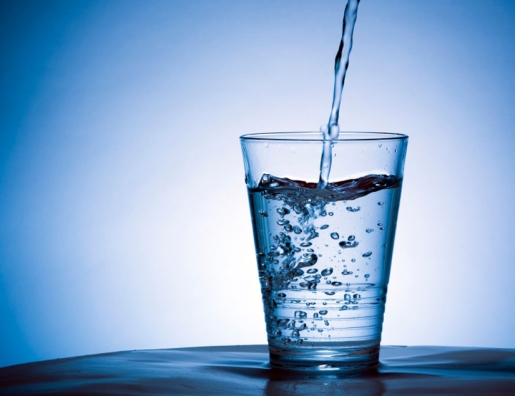3 Methods Of Determining If Your Water Is Safe For Consumption

3 Methods Of Determining If Your Water Is Safe For Consumption

Most people want to ensure the water they are drinking at home is safe. Water contamination is a worldwide issue and knowing the signs of unsafe drinking water and how to test your water can save you and your family from carcinogens and illnesses. You can take reviews of softeners to have good quality water.
Here are three methods on determining whether your water is safe for consumption.
- Being In The Know Of Where Your Water Is Originating From
If you live in a county or city and are getting water from the local water system, you can phone your local water supplier or visit the website to see where your water is coming from. This can better assist you with understanding certain risks linked to the area. What usually originates from a surface source like a lake, river, reservoir or from groundwater via an aquifer. If your water originates from a private well, the onus falls on you to ensure the water is safe. In certain areas, natural pollutants come from the environment. Manufacturing, sewer system malfunctions, and farming are regular reasons for pollutants, however not all of them are dangerous to humans.
- Being Aware Of Common Water Pollutants
There are more than 15000 public water system in the US alone, and millions of people get their tap water from a commune system. Here are some of the most regular common pollutants that are found in water, according to the CDC.
- Legionella
- Cryptosporidium
- Giardia
- E. coli
- Norovirus
- Hepatitis A
- Shigella
- Copper
- Salmonella
- Campylobacter
Most outbreaks are due to an organism such as norovirus, giardia, or salmonella. Pollutants like lead, is not as common. If you want to ensure your tap water is safe, you can look at options for home H2O filtration for additional peace of mind.
- Knowing How The Water Is Tested
The EPA and CDC necessitate local water agencies to frequently test water to ensure it is safe. The regularity and type of testing is dependent on the size of the inhabitants that is utilizing the water. In most instances, if public testing locates problems, alerts will be sent out to indicate the issue.
Signs that your water is not safe, usually include:
- A change in the way it smells.
- A change in the way it tastes.
- A change in color.
Water Safety For Going Abroad
Not all countries have safe tap water for drinking. Most European countries and the US have water that is safe for consumption. However, drinking water in other countries may not be safe for drinking from the tap and must be boiled first, even by the locals. Keep in mind that food is prepared by using tap water and may contain bacteria that is not safe for consumption. If you are planning on traveling abroad soon, make sure you are covered in the event of medical emergencies related to food and water borne illness. In some case, it is likely that your medical insurance does not cover you when you are traveling abroad and getting ill in a foreign country can be incredibly pricey.